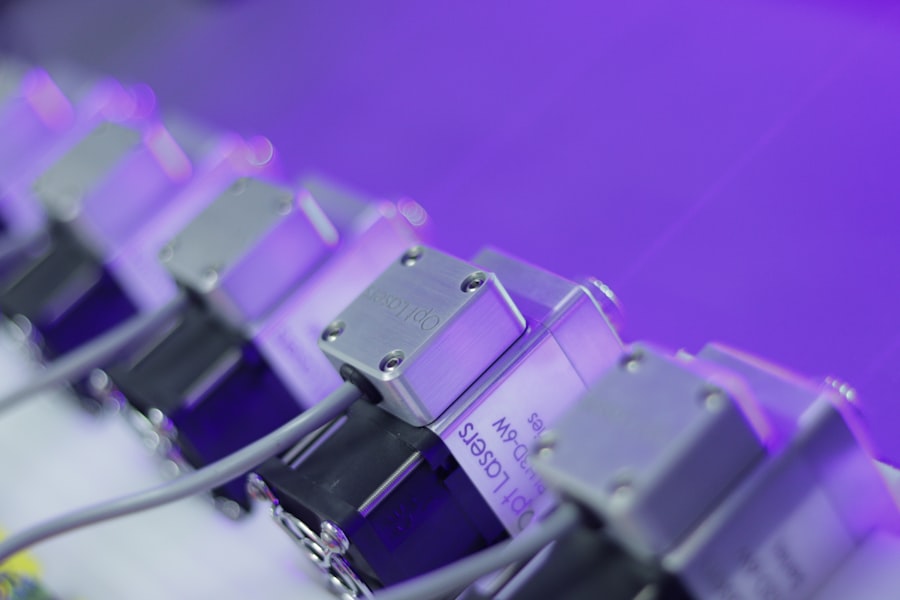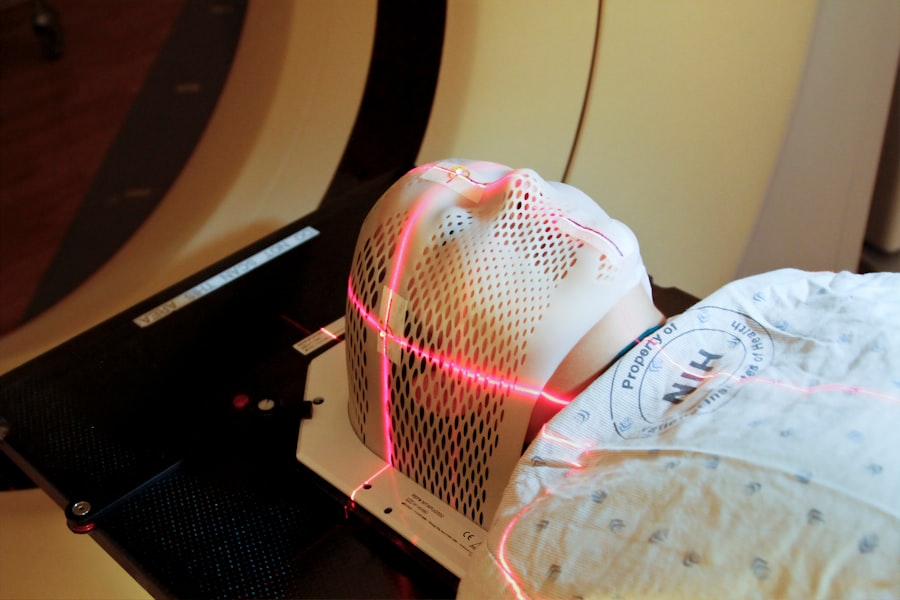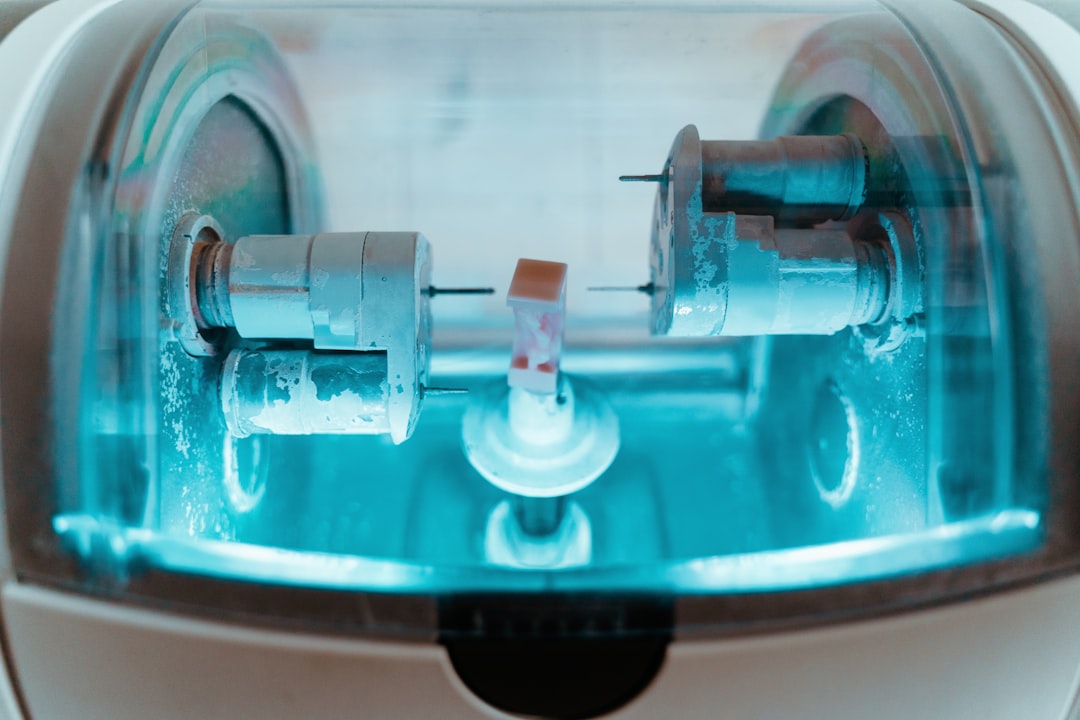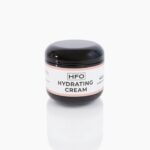When you consider laser hair removal, it’s essential to understand the process and what you can expect during your treatment. Laser hair removal is a popular cosmetic procedure that uses concentrated light beams to target and destroy hair follicles, ultimately leading to a reduction in hair growth. As you prepare for your first session, you may feel a mix of excitement and apprehension.
Knowing what happens during the procedure can help ease your nerves. Typically, a trained technician will apply a cooling gel to your skin before using the laser. This gel not only protects your skin but also enhances the effectiveness of the treatment.
During the procedure, you might experience a sensation similar to a rubber band snapping against your skin. While this may sound uncomfortable, many find it tolerable, especially when compared to traditional hair removal methods like waxing or shaving. The number of sessions required varies based on your hair type, skin tone, and the area being treated.
Generally, multiple sessions are necessary to achieve optimal results, as hair grows in different cycles. Understanding these aspects can help set realistic expectations and prepare you for the journey ahead.
Key Takeaways
- Laser hair removal targets hair follicles to reduce hair growth over time
- Shave the treatment area before the session and avoid sun exposure
- Moisturize and protect the treated area from sun exposure after the treatment
- Use ice packs and over-the-counter pain medication for any discomfort
- Avoid sun exposure and use sunscreen to protect the treated area from potential side effects
Preparing for Laser Hair Removal: How to Get Ready
Avoiding Sun Exposure
Before your appointment, you should avoid sun exposure for at least two weeks. Tanning can increase the risk of side effects and may affect the efficacy of the treatment. If you have recently tanned or have sunburned skin, it’s advisable to reschedule your session until your skin has returned to its normal state.
Refraining from Hair Removal Methods
Additionally, you should refrain from plucking, waxing, or electrolysis for at least four weeks prior to your treatment. These methods can disturb the hair follicles that the laser targets, which can impact the effectiveness of the treatment.
Shaving and Medication Consultation
Another important step in your preparation is to shave the area being treated 24 hours before your appointment. Shaving helps ensure that the laser can effectively target the hair follicles without interference from longer hair above the skin’s surface. You should also consult with your technician about any medications you are taking, as some can increase sensitivity or affect the treatment’s outcome.
By taking these preparatory steps seriously, you can enhance your experience and improve the results of your laser hair removal.
The Importance of Post-Care: What to Do After Your Treatment

Post-care is a crucial aspect of laser hair removal that should not be overlooked. After your treatment, your skin may feel sensitive or slightly swollen, similar to how it feels after a mild sunburn. To soothe any discomfort, applying a cool compress can be beneficial.
It’s also wise to avoid hot showers, saunas, or intense workouts for at least 24 hours post-treatment, as these activities can exacerbate irritation and sensitivity. In addition to managing immediate discomfort, you should also be mindful of how you care for your skin in the days following your session. Keeping the treated area clean and moisturized is essential for promoting healing.
Opt for gentle cleansers and avoid products with harsh chemicals or fragrances that could irritate your skin. If you notice any unusual reactions or prolonged discomfort, don’t hesitate to reach out to your technician for guidance. Following these post-care instructions will help ensure that you achieve the best possible results from your laser hair removal.
Managing Pain and Discomfort: Tips for a Smooth Recovery
| Tip | Description |
|---|---|
| Stay ahead of the pain | Take pain medication as prescribed by your doctor to stay ahead of the pain. |
| Use ice and heat | Apply ice packs or heating pads to the affected area to help reduce pain and discomfort. |
| Practice relaxation techniques | Try deep breathing, meditation, or gentle yoga to help relax your body and reduce pain. |
| Stay active | Engage in light physical activity to prevent stiffness and promote healing. |
| Follow post-operative instructions | Adhere to your doctor’s post-operative instructions to ensure a smooth recovery and minimize pain. |
While many people find laser hair removal tolerable, some may experience discomfort during and after the procedure. To manage any pain effectively, consider taking over-the-counter pain relievers like ibuprofen or acetaminophen before your appointment, as long as it’s safe for you to do so. This can help minimize discomfort during the session itself.
Additionally, discussing pain management options with your technician beforehand can provide you with peace of mind and tailored solutions. After your treatment, if you experience swelling or redness, applying aloe vera gel or a soothing lotion can help alleviate discomfort. It’s important to listen to your body during this recovery period; if something doesn’t feel right, don’t hesitate to consult with a professional.
Staying hydrated and maintaining a healthy diet can also support your skin’s healing process.
Protecting Your Skin: Sun Exposure and Skincare After Laser Hair Removal
Protecting your skin after laser hair removal is vital for achieving optimal results and preventing complications. One of the most critical aspects of post-treatment care is avoiding sun exposure. Your skin will be more sensitive after the procedure, making it susceptible to sunburn and pigmentation changes.
It’s advisable to use a broad-spectrum sunscreen with an SPF of at least 30 on the treated area whenever you go outside, even on cloudy days. In addition to sun protection, maintaining a consistent skincare routine is essential for keeping your skin healthy post-treatment. Opt for gentle products that won’t irritate your skin; avoid exfoliants or harsh scrubs for at least a week after your session.
Hydration is key—using a good moisturizer can help soothe any dryness or irritation that may occur after treatment. By prioritizing sun protection and skincare, you’ll not only enhance the results of your laser hair removal but also promote overall skin health.
Potential Side Effects: What to Watch Out For

Common Side Effects
Temporary redness, swelling, or mild discomfort in the treated area are common side effects of laser hair removal. These symptoms usually subside within a few hours to a couple of days.
When to Seek Help
However, if you notice persistent swelling or severe pain, it’s crucial to contact your technician or healthcare provider for advice. In rare cases, more serious side effects can occur, such as blistering or changes in skin pigmentation.
Minimizing Risks
To minimize risks, ensure that you choose a qualified technician who has experience with various skin types and understands how to adjust settings accordingly.
Long-Term Maintenance: How to Keep Your Skin Smooth and Hair-Free
Achieving smooth and hair-free skin through laser hair removal is just the beginning; long-term maintenance is essential for sustaining those results. After completing your initial series of treatments, most individuals will require periodic maintenance sessions—typically once every six months to a year—to keep unwanted hair at bay. These sessions are generally shorter and less frequent than the initial treatments but are crucial for maintaining smooth skin.
In addition to regular maintenance sessions, adopting a healthy lifestyle can contribute significantly to long-term results. Staying hydrated and eating a balanced diet rich in vitamins and minerals supports overall skin health. You might also consider incorporating gentle exfoliation into your skincare routine once your skin has fully healed from treatment; this can help prevent ingrown hairs and keep your skin looking radiant.
By committing to both maintenance sessions and healthy habits, you’ll enjoy lasting benefits from your laser hair removal journey.
Consultation and Follow-Up: The Importance of Professional Guidance
Consultation with a qualified professional is an essential step in your laser hair removal journey. During this initial meeting, you’ll have the opportunity to discuss your goals, ask questions about the procedure, and learn about what to expect throughout the process. A skilled technician will assess your skin type and hair color to determine the most effective treatment plan tailored specifically for you.
Follow-up appointments are equally important in ensuring that you achieve optimal results from your treatments. These sessions allow your technician to monitor your progress and make any necessary adjustments based on how your skin responds over time. Open communication with your provider is key; don’t hesitate to share any concerns or questions that arise during your treatment journey.
By prioritizing professional guidance through consultations and follow-ups, you’ll set yourself up for success in achieving smooth, hair-free skin through laser hair removal.
If you’re looking for more information on laser hair removal tips, precare, and aftercare advice, be sure to check out the article on In Laser Hair Removal. This article provides valuable insights on how to prepare for your laser hair removal treatment and how to properly care for your skin afterwards. With their expert advice, you can ensure a successful and effective hair removal experience.
FAQs
What is laser hair removal?
Laser hair removal is a cosmetic procedure that uses a concentrated beam of light (laser) to remove unwanted hair. The laser targets the pigment in the hair follicles, damaging them and inhibiting future hair growth.
How should I prepare for laser hair removal?
Before your laser hair removal treatment, it is important to avoid sun exposure and tanning beds for at least six weeks. You should also avoid plucking, waxing, or electrolysis for six weeks prior to treatment, as the laser targets the hair roots, which are temporarily removed by these methods.
What should I do after laser hair removal?
After your laser hair removal treatment, it is important to avoid sun exposure and tanning beds for at least two weeks. You should also avoid hot showers, saunas, and strenuous exercise for 24-48 hours. Additionally, it is important to keep the treated area clean and moisturized to aid in the healing process.
How many laser hair removal sessions will I need?
The number of laser hair removal sessions needed varies depending on the individual and the area being treated. Most people require multiple sessions, typically spaced 4-6 weeks apart, to achieve the desired results.






